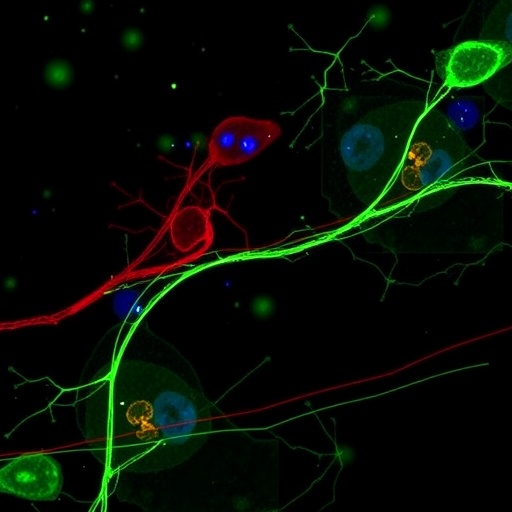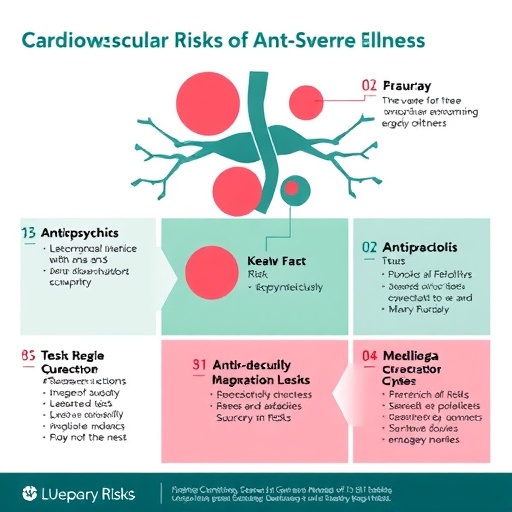A study demonstrates that embodiment into a robot makes people empathize with robots as if they were friends. Francesco Pavani of the University of Trento is among the authors of the work, published in Scientific Reports
Credit: ©Ventre-Dominey et al.
Identifying with someone is an exercise that makes us understand them deeply, empathize with them, and helps us overcome mistrust and prejudice. And this occurs even when that someone is a robot. These interpersonal dynamics were confirmed by an experimental study that was published days ago in Scientific Reports. The study is the result of scientific collaboration between Italian and French scientists.
One of its authors, Francesco Pavani, professor of Psychology at the Center for Mind/Brain Sciences (CIMeC) and at the Department of Psychology and Cognitive Science of the University of Trento, commented: “We have demonstrated that by ‘beaming’ a participant into a robot we can change his or her attitude towards the robot”.
Pavani explained how this was achieved: “By ‘beaming’, we mean that we gave the participants the illusion that they were looking through the robot’s eyes, moving its head as if it were their head, look in the mirror and see themselves as a robot”.
This, as a result, made human participants identify with robots and feel them closer: “Unlike exercises in which the participants couldn’t t move the robot’s head or do that in a coordinated manner with other body movements, in our study the experience of walking in the shoes of a robot led the participants to adopt a friendlier attitude, to perceive them as socially closer”.
The study contributes to improving the relationship with technology and helps people overcome their fear of robots. Pavani underlined: “These aspects are very important, because one of the problems of robotics today is how to make robots more acceptable to humans. I am thinking about automated assistive devices, in particular, which will be used more and more to help people in their daily life, for example in the case of individuals with reduced mobility. In our study we demonstrate that experiencing how it feels to be inside a robot makes it easier to accept them and communicate with them”.
###
About the article
The article, “Embodiment into a robot increases its acceptability”, was published in Scientific Reports on 12 July 2019 and is available in open access:
https:/
The authors are Jocelyne Ventre-Dominey (University of Bourgogne) and Francesco Pavani (University of Trento) with Alessandro Farnè (IMPACT lab at Centre de Recherche en Neurosciences de Lyon), Guillaume Gibert, Marielle Bosse-Platiere and Peter Ford Dominey (Stem Cell and Brain Research Institute, Bron).
Media Contact
Elisabetta Andreina Brunelli
[email protected]
Original Source
https:/
Related Journal Article
http://dx.




